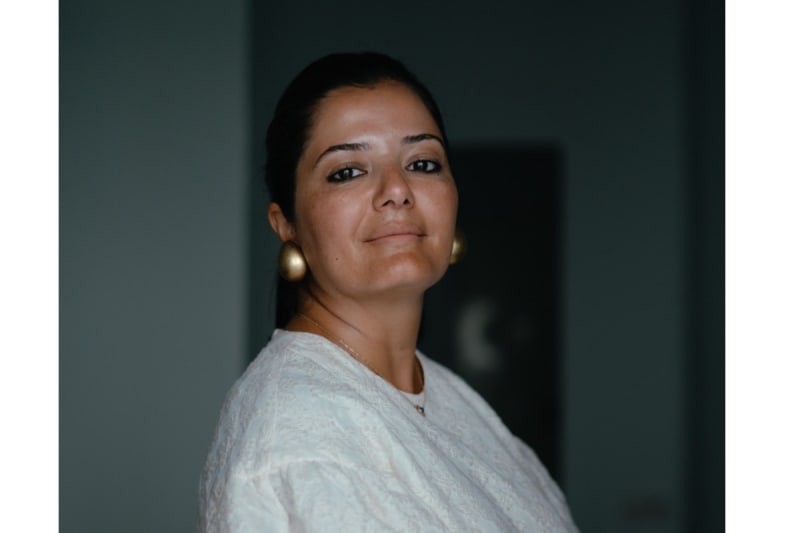In recent decades, Tunisia has undergone significant social and political changes, which artists and other creatives have tried to make sense of through art. Noticing the change in cultural climate and the emergence of larger art projects that tackled these events, the gallerist Selma Feriani responded with the idea of opening a new, museum-quality space in Tunis, which would host large-scale works and will also be a hub for international cooperation and a meeting place for artists working across different media and coming from different backgrounds.
Focused primarily on artistic production from the MENA region, Selma Feriani started her career in London and continued her cultural work in Sidi Bou Saïd, where she opened her first gallery in 2013. In 2022, following the mentioned changes, she bravely decided to expand her business with a new contemporary art space dedicated to the North African region.
Understanding the necessity of diversifying art discourse, Feriani has developed different initiatives, including L'Atelier residency, to bring North African artistic voices to the global art scene, leading to many artists participating in international exhibitions and the presence of their art in the leading art fairs around the world. The new space will continue with this research-driven endeavour, starting with the exhibition Nidhal Chamekh: Et si Carthage… / And what if Carthage…on view at Selma Feriani in Tunis from January 25th until March 24th, 2024.
In an exclusive interview with Widewalls, Selma Feriani gave us an overview of her plans for the new space, talked about her career and previous projects, and introduced the exciting Tunisian art scene that has inspired her work.
PROMOTING ARTISTS FROM MENA REGION
Widewalls: Your work has taken you from London to Sidi Bou Saïd and now to Tunis. How did these different environments shape your approach to art, your understanding of the global art scene, and your decisions when it comes to supporting and promoting art?
Selma Feriani: I started in London with the aim to introduce and promote artists from the MENA region to the city. I very quickly realised that I needed a presence in the MENA region, and the easiest way for me to achieve this was to open a second space in my home city, Tunis - specifically in Sidi Bou Saïd village, where I grew up and my mother has had her gallery for over 30 years now.
When I started looking for a space in Tunis, I was interested in finding one with a history that was not necessarily a white cube space, to showcase Tunisian architecture and how we can introduce contemporary practices into a traditional Tunisian context. We were able to put together challenging and site-specific projects for ten years, with our artists enjoying the opportunity to transform the space for each solo exhibition.
In 2022, I decided to expand: to dream bigger and embark on a new journey in building the first purpose-built contemporary art gallery in Tunisia. To do that, we needed to move out of Sidi Bou Saïd (a UNESCO World Heritage site since 1979) and find land in Tunis accessible to visitors. Our new location is 15 minutes from downtown Tunis, 5 minutes from Carthage (the ancient Roman city), and 10 minutes from the airport. It’s a new industrial area in the neighbourhood of La Goulette, the main commercial port in Tunisia and home to a sizeable Jewish, Italian, and Maltese community.
Our new space is across a total of 2000 sqm, spanning three exhibition spaces, a garden that will house an annual sculpture commission and a bookstore. It was also designed ecologically, using solar energy and an integrated rainwater harvesting system to cope with periods of drought.
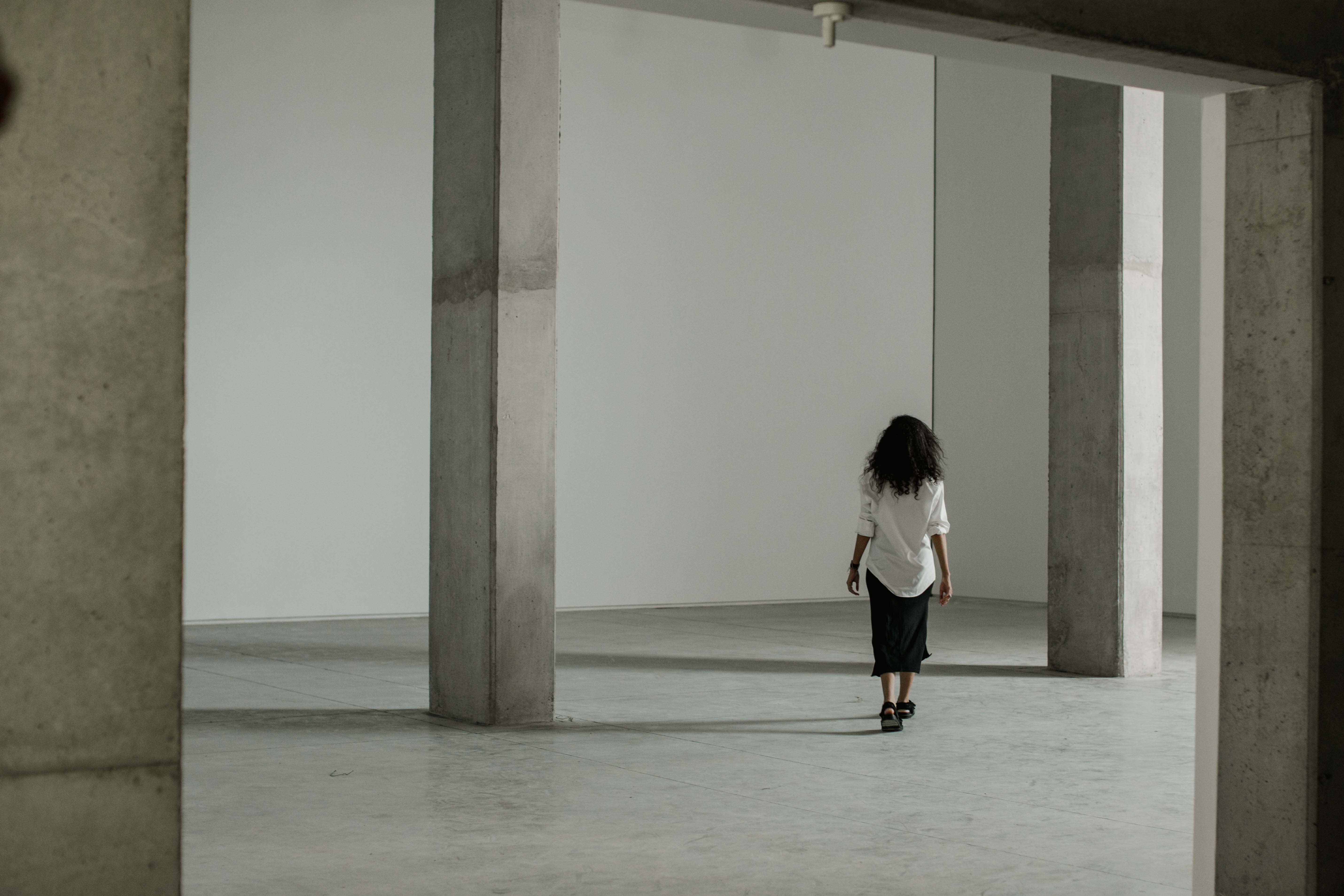
Selma Feriani, Tunis (2024) Photo Hamza Bennour. Courtesy of Selma Feriani
Widewalls: In the past 15 years, you have worked to put Tunisia and North Africa more broadly on the global art map. Your eponymous gallery opened its doors in 2013, and now you are getting ready to open a new space in Tunis in January. What plans do you have for the new gallery, and what will its focus be regarding programming and events?
SF: Our mission is to encourage the growth of an artistic ecosystem in Tunisia and to create a bridge between Tunisia and the rest of the world. Locally, we are keen to spark conversations with other art centres and activists in Tunisia.
Developing and promoting our artists' practices is at the core of what we do. We’ve been able to place our artists in institutional collections around the world, providing access to international biennales and museum exhibitions, as well as creating strong relationships with residencies outside of Tunisia.
With our new space, we will continue to display visually strong shows while presenting the research-driven, conceptual elements that have led up to them. For example, in our upcoming exhibition from Nidhal Chamekh, both the basement and mezzanine are dedicated to research and the materials used by the artist to develop his new project Et Si Carthage?/ And what if Carthage?.
Widewalls: The new space will be the first commercial space of its kind in North Africa. When did the need for the expansion emerge, and what will this new museum-quality space bring to the Tunisian and North African art landscape?
SF: The art scene in Tunis is dynamic, with its artists very much involved in the city and its communities. Interesting art has been coming out of Tunis since the revolution, as in Morocco and Algeria. In line with this broader cultural development, our artists’ practices are also growing and need to be expressed in a much larger space.
The new space also presents an opportunity to host artists from abroad and create site-specific projects that will be curated and presented at the gallery. It will allow us to put on even more ambitious shows, including a recreation of Zineb Sedira’s 59th Venice Biennale French Pavilion exhibition, which will be displayed in our gallery this September. Peru-based artist Elena Damiani will also visit Tunis to work with Tunisian marble artisans for her solo exhibition at the gallery in November 2024.
I fundamentally believe that every city in the world should have museum-quality galleries and art spaces, as it is crucial to engage with the public and foster a sense of community around art. My hometown, Tunis, deserves such a space, and, in a way, the new gallery is a gift to my city, my artists, and my community.
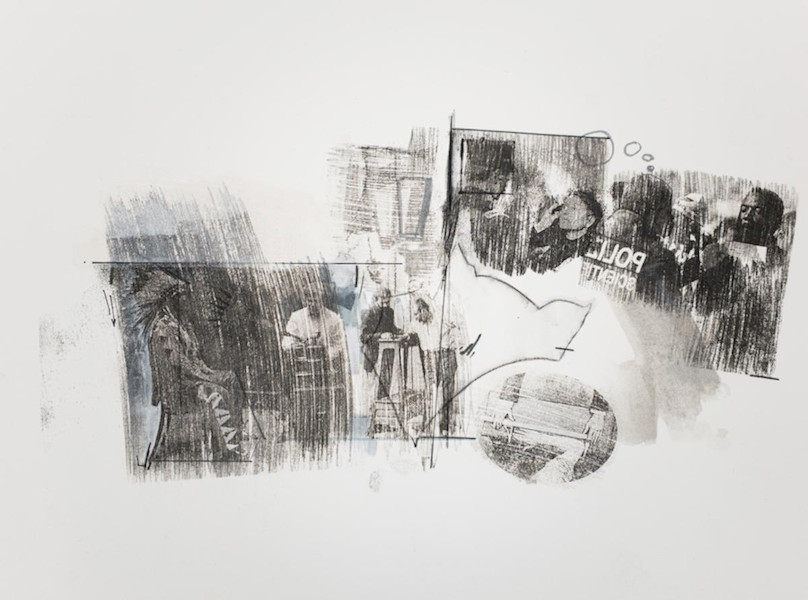 Nidhal Chamekh, Le Battement des Ailes No.V / Transfer, 2018. Watercolor, inks and transfer on cotton paper, 31h x 23w cm. Image courtesy of Selma Feriani Gallery. Copyright © the artist.
Nidhal Chamekh, Le Battement des Ailes No.V / Transfer, 2018. Watercolor, inks and transfer on cotton paper, 31h x 23w cm. Image courtesy of Selma Feriani Gallery. Copyright © the artist.
AN ARTISTIC TAKE ON TUNISIAN HISTORY
Widewalls: The space launches with a solo exhibition from Paris-based Tunisian artist Nidhal Chamekh. What can you tell us about the show and its concept?
SF: Following Nidhal’s Villa Medici (Rome) and L’Atelier (our programme in Tunis) residencies, he developed his project Et Si Carthage? / And what if Carthage?. The project alludes to the parallel existence of the multiple pasts and futures Martinican writer and theoretician Edouard Glissant imagined for Carthage. Chamekh’s speculative constellations find inspiration here, activating the potential of alternative perspectives and affirming the regenerative nature of assembling the fragments of untold histories.
This exhibition will allow us to discover (or re-discover) our Tunisian history through the artist’s lens, as well as understand our contemporary society and its limits. It was very important for me to start our exhibition program in the new space with this project, as, in many ways, it is a project about us!
Widewalls: Your first gallery in Sidi Bou Saïd provided a platform for emerging and established contemporary artists from North Africa. What achievements are you particularly proud of from the last ten years?
SF: We have achieved quite a lot, and there is still more to be achieved! I am proud that we are recognised as a reference point for contemporary art coming out of North Africa, but also for our strength in creating interesting connections with artists outside of our local geography.
Now, the gallery is a destination for anyone visiting Tunis and wanting to know more about the art scene and our artists – many of which we have witnessed become established and recognized around the world.
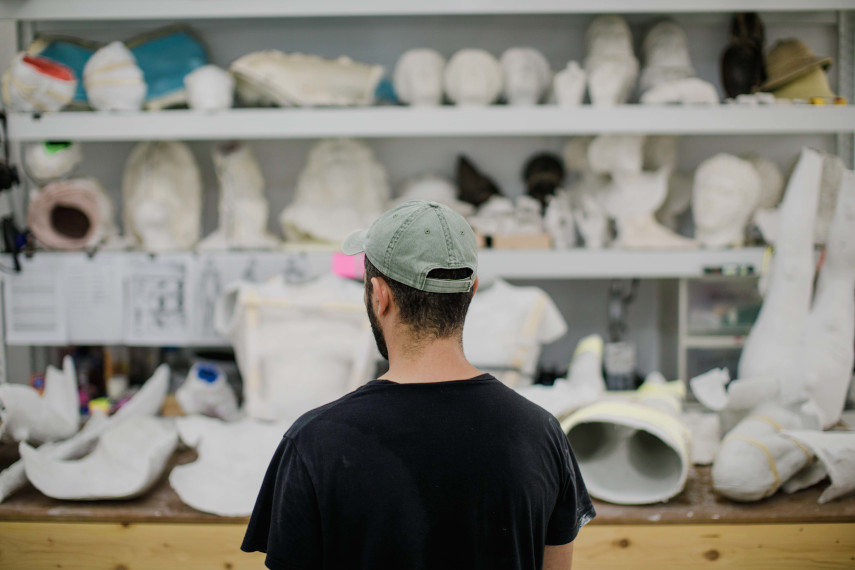 Nidhal Chamekh and team during production at Selma Feriani’s L'Atelier, Tunis. Photo Hamza Bennour
Nidhal Chamekh and team during production at Selma Feriani’s L'Atelier, Tunis. Photo Hamza Bennour
TUNISIAN ART SCENE
Widewalls: How much has the art scene in Tunisia changed since the 2013 revolution? What would be some of the main tendencies in Tunisian contemporary art today? Do you see more politically and socially engaged art in the region now?
SF: We have seen an explosion in public art and art-related festivals since the revolution; this public art has both reflected and illuminated our society, engaging the general public by making art more accessible.
Most of the artists based in the region are researching and developing projects around the current social and political situation, while others are much more interested in our past, exploring how we can maintain and promote our traditions by utilising the know-how of local artisans.
Widewalls: How difficult was it to run a gallery in circumstances of social and political instability? What challenges did you face during this period?
SF: It's been challenging, but we have decided to continue working as if everything is running smoothly around us, with our artists continuing to develop extremely important projects that often document and research what’s happening in our country. We are also lucky that the art world is incredibly international and allows us to exhibit work at fairs, exhibitions, and biennials across the globe.
I think all countries go through cycles of unease, some longer than others, but we continue to believe that culture is a key factor to the quality of life and spaces like ours fulfill a vital role. Art and creativity contribute to thriving societies and economic growth, with the universal language of the arts creating opportunities for global cultural exchange. With this view, we continue to support our artists, their exhibitions, and the local art scene.
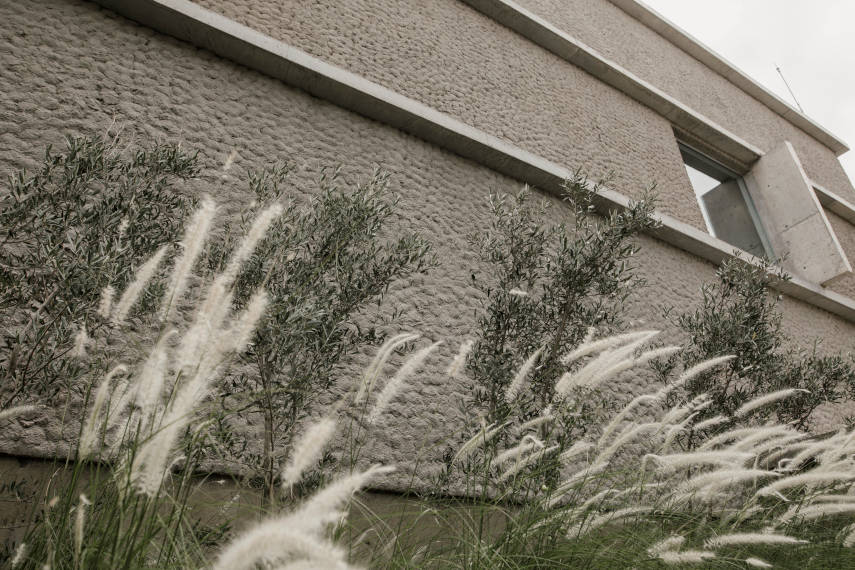 Selma Feriani, Tunis (2024) Photo Hamza Bennour. Courtesy of Selma Feriani
Selma Feriani, Tunis (2024) Photo Hamza Bennour. Courtesy of Selma Feriani
L'ATELIER RESIDENCY
Widewalls: You also run the L'Atelier residency program that provides financial support and critical and historical recognition for artists. Could you tell us more about the program and how it is organized?
SF: The studio is an imagined and imaginative space that takes many forms. It can extend from a table in the back of a room to a hangar of several square meters. It doesn’t matter much what shape it takes, but its definition according to each artist is fundamental. Each one defines, appropriates, inhabits, and lives it in a singular way. It is the space of tests, experimentations, contemplation, fragility, and frustration.
L'Atelier has hosted several artists working across several mediums, enabling a dialogue between both established and emerging voices as a jumping-off point for their various expressions. Above all, it provides a social space to meet artists and be led to other studios and discoveries. It is indeed a space capable of weaving a social link with the wider cultural scene, anchored in a neighbourhood with a very particular handicraft vocation. What happens when they find themselves in a common temporality? Will they interweave their expressions, finding a mirror of themselves in another, or perhaps question the limits of this space together?
Overall, the residency programme is an attempt to give space to artists and reflect the emerging scene in Tunisia. The studio facilitates the artistic process and encourages the various artists' approaches, enabling them to freely experiment and contribute to a wider cultural scene that blossoms outside of its walls.
Widewalls: How important is it to nurture and amplify voices from the region, and what do they bring to the global art scene?
SF: It is essential to nurture and amplify voices from the region through art because this expression promotes communication between cultures and preserves history - their output acts as an archive of society's memory.
Our region is very rich in culture and history and needs to be continuously promoted, as art is a powerful engine that can invite the rest of the world to engage, visit, and be involved.
